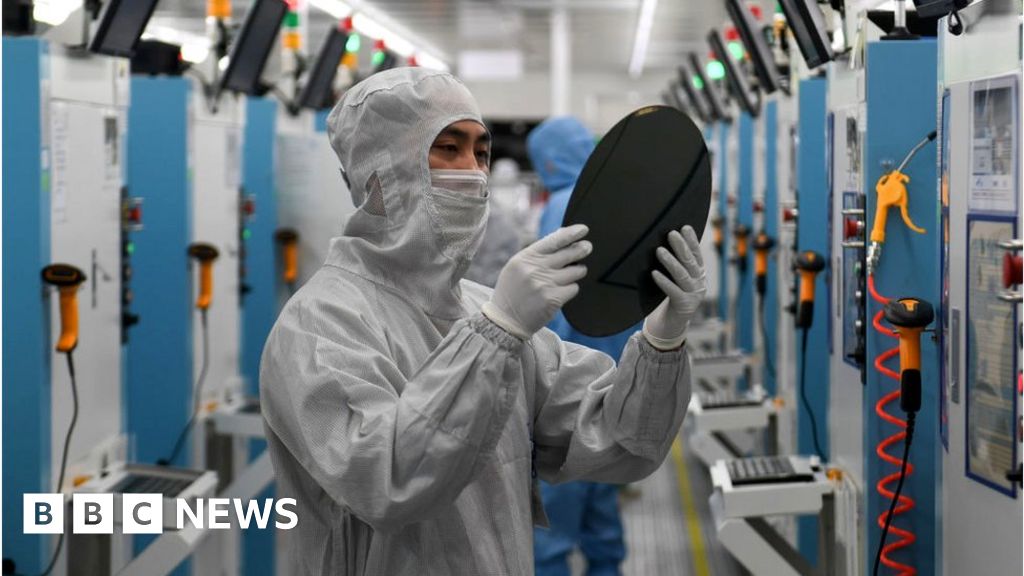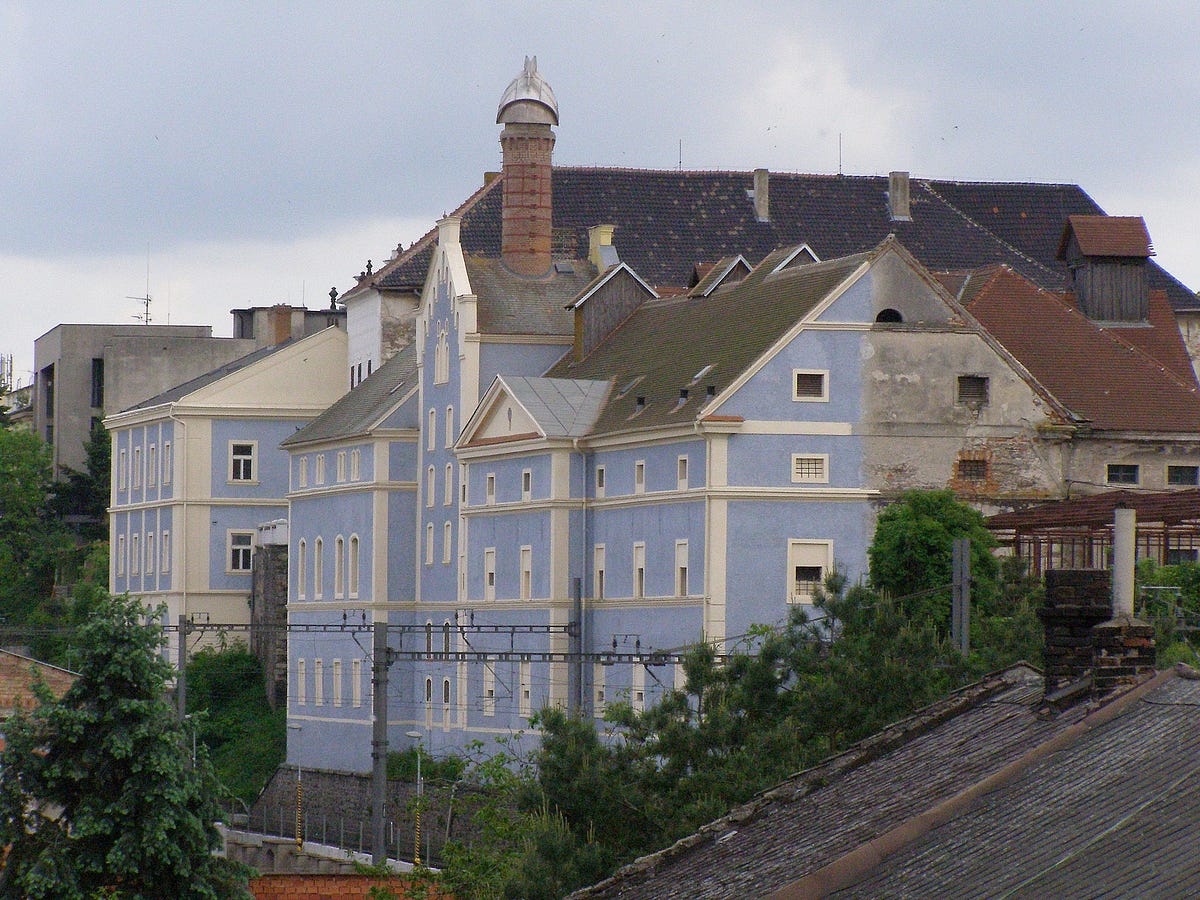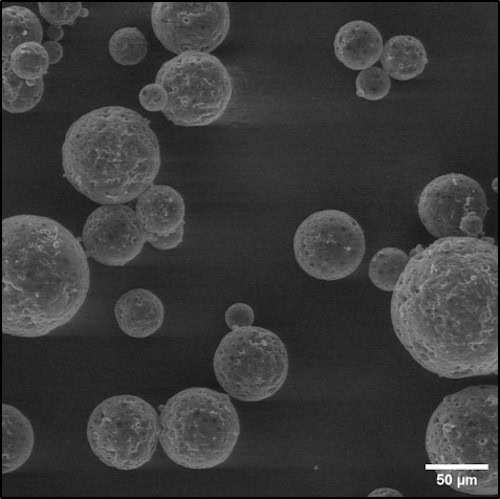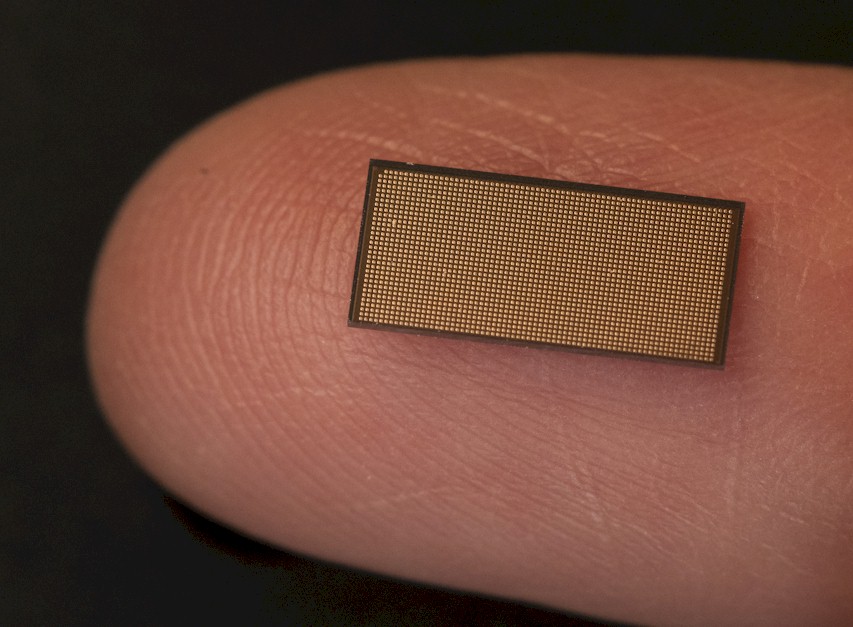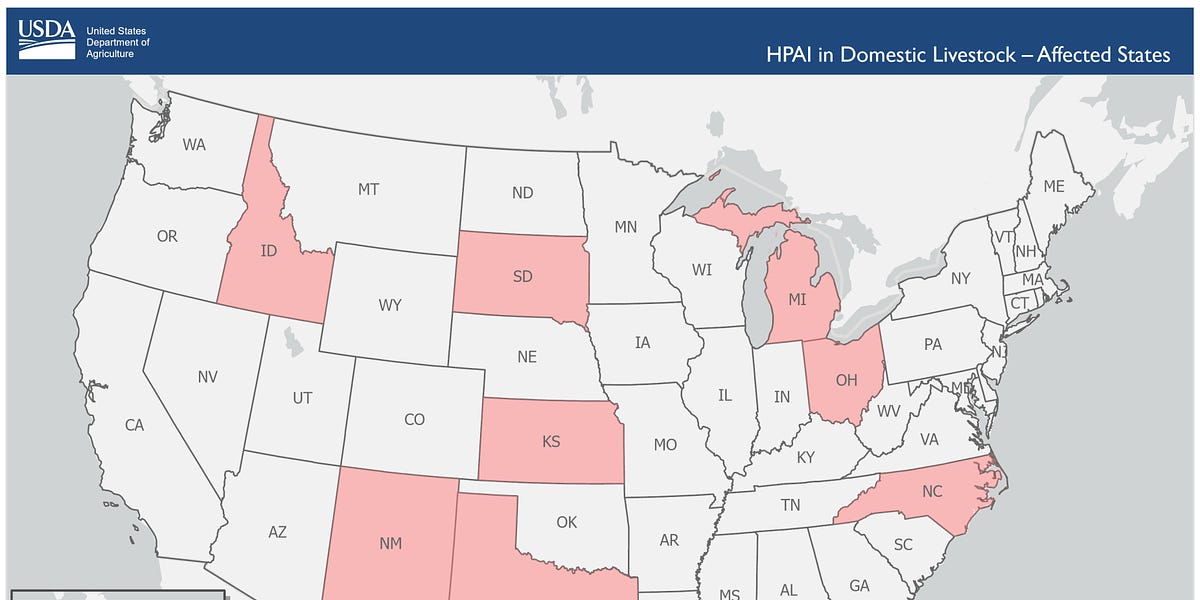
Project West Ford - Wikipedia
Project West Ford (also known as Westford Needles and Project Needles) was a test carried out by Massachusetts Institute of Technology's Lincoln Laboratory on behalf of the United States military in 1961 and 1963 to create an artificial ionosphere above the Earth.[1] This was done to solve a major weakness that had been identified in military communications.[2]
At the height of the Cold War, all international communications were either sent through submarine communications cables or bounced off the natural ionosphere. The United States military were concerned that the Soviets might cut those cables, forcing the unpredictable ionosphere to be the only means of communication with overseas forces.[1]
To mitigate the potential threat, a ring of 480,000,000[3] copper dipole antennas (needles which were 1.78 centimetres (0.70 in) long and 25.4 micrometres (1.00 thou) [1961] or 17.8 micrometres (0.70 thou) [1963] in diameter)[4][5] were placed in orbit to facilitate global radio communication. The length was chosen because it was half the wavelength of the 8 GHz signal used in the study.[1] The dipoles collectively provided passive support to Project Westford's parabolic dish (located in the town of Westford) to communicate with distant sites. Walter E. Morrow started Project Needles at the MIT Lincoln Laboratory in 1958.[1]
A first attempt was launched on 21 October 1961,[5] during which the needles failed to disperse. The project was eventually successful with the 9 May 1963[5] launch, with radio transmissions carried by the man-made ring. However, the technology was ultimately shelved, partially due to the development of the modern communications satellite and partially due to protests from other scientists.[1][2]



